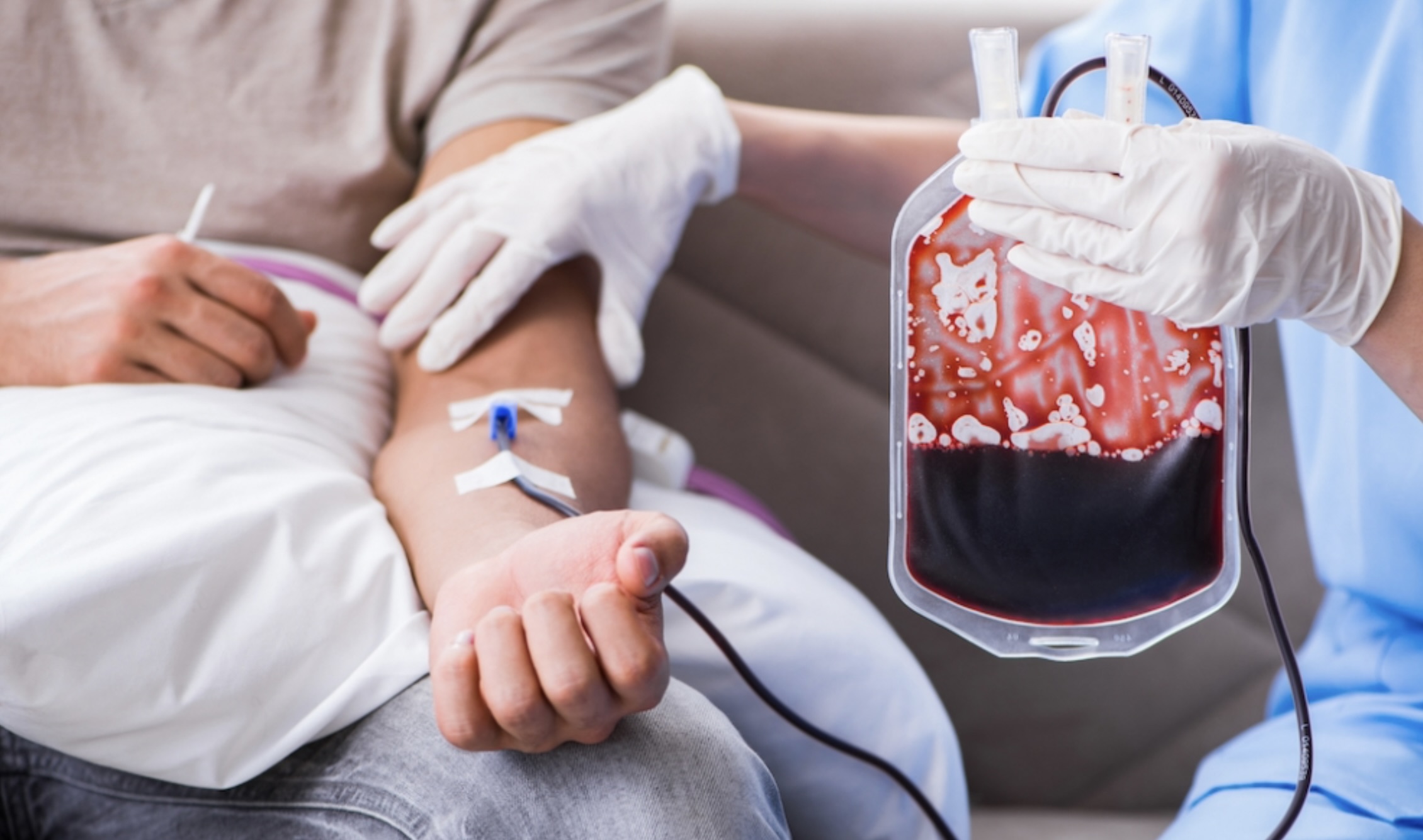Paroxysmal Nocturnal Hemoglobinuria (PNH): Symptoms, Causes, Treatment
What are the symptoms of paroxysmal nocturnal hemoglobinuria?
Paroxysmal nocturnal hemoglobinuria (PNH) is a rare and serious disorder characterized by the destruction of red blood cells (hemolysis), blood clots (thrombosis), and impaired bone marrow function. The symptoms of PNH can vary widely from person to person, but common symptoms may include:
- Dark urine: This is often the first noticeable symptom of PNH, as hemolysis releases hemoglobin into the urine, causing it to appear dark or cola-colored.
- Fatigue: Due to anemia caused by the destruction of red blood cells, leading to a reduced oxygen-carrying capacity in the blood.
- Shortness of breath: Also due to anemia, which can lead to reduced oxygen delivery to tissues.
- Pale skin: Another sign of anemia.
- Jaundice: Yellowing of the skin and eyes due to the breakdown of red blood cells and the release of bilirubin.
- Abdominal pain: Caused by the formation of blood clots in the abdomen, particularly in the veins of the liver (hepatic veins).
- Easy bruising or bleeding: Due to low platelet counts (thrombocytopenia), which can result from the destruction of platelets in the bloodstream.
- Frequent infections: Due to impaired immune function resulting from bone marrow dysfunction.
- Bone pain: Some individuals with PNH experience bone pain, which may be due to bone marrow failure.
It’s important to note that the symptoms of PNH can be unpredictable and may come and go. Some individuals may experience mild symptoms, while others may experience more severe complications. PNH is a chronic condition that requires ongoing management and monitoring by a healthcare provider. If you suspect you may have PNH or are experiencing symptoms suggestive of the condition, it’s important to seek medical attention from a specialist for proper diagnosis and management.
What are the causes of paroxysmal nocturnal hemoglobinuria?
Paroxysmal nocturnal hemoglobinuria (PNH) is caused by a genetic mutation in the PIGA gene, which is responsible for producing a protein that anchors certain proteins to the cell surface. This mutation leads to the absence or deficiency of proteins that anchor protective proteins, such as CD55 and CD59, to the surface of red blood cells. Without these protective proteins, red blood cells are more susceptible to destruction by the body’s immune system, leading to hemolysis (the destruction of red blood cells).
The PIGA gene mutation occurs in a type of stem cell called a hematopoietic stem cell, which gives rise to all blood cells, including red blood cells, white blood cells, and platelets. As a result, all blood cells produced by the mutated stem cells are lacking the protective proteins, making them vulnerable to destruction.
It’s important to note that PNH is not an inherited disorder in the traditional sense, as the mutation occurs spontaneously in a single stem cell. Therefore, it is not passed down from parents to offspring. The mutation is acquired during a person’s lifetime and can occur in anyone, regardless of family history.
What is the treatment for paroxysmal nocturnal hemoglobinuria?
The treatment for paroxysmal nocturnal hemoglobinuria (PNH) aims to manage symptoms, prevent complications, and improve quality of life. Treatment options may include:
- Supportive care: This includes regular monitoring of blood counts, managing symptoms such as fatigue and shortness of breath, and addressing any nutritional deficiencies.
- Blood transfusions: Transfusions of red blood cells may be necessary to treat severe anemia.
- Anticoagulant therapy: Blood-thinning medications may be prescribed to reduce the risk of blood clots, which are a common complication of PNH.
- Immunosuppressive therapy: Medications that suppress the immune system may be used to reduce the destruction of red blood cells. Examples include corticosteroids, cyclosporine, and rituximab.
- Bone marrow transplant: A bone marrow transplant may be considered for younger patients with severe PNH who have a matched donor. This procedure can potentially cure PNH by replacing the faulty stem cells with healthy ones.
- Eculizumab (Soliris): Eculizumab is a medication that targets a protein involved in the destruction of red blood cells in PNH. It has been shown to reduce hemolysis, improve symptoms, and reduce the risk of blood clots in people with PNH.
- Stem cell transplant: In some cases, a stem cell transplant (also known as a bone marrow transplant) may be considered. This procedure involves replacing the faulty stem cells with healthy ones from a donor.
The choice of treatment depends on the severity of the symptoms, the presence of complications, and other factors specific to each individual. It’s important for people with PNH to work closely with a hematologist or other healthcare provider experienced in managing PNH to develop a treatment plan that meets their needs.




